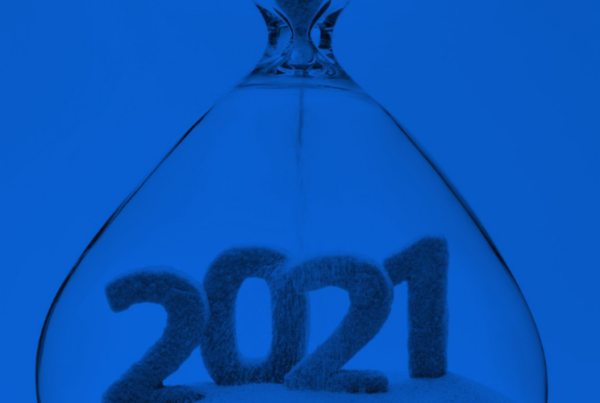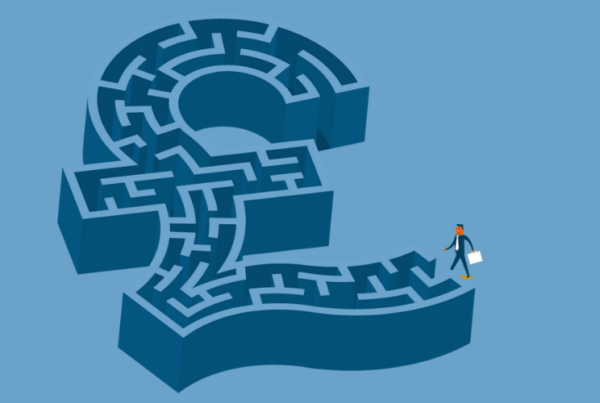The good news just keeps coming for the Vietnamese economy. As discussed in this column, it enjoyed its strongest start to the year in a decade – growing by 7.38 per cent year-over-year – in the first quarter of 2018, marking itself out as one of the true powerhouses of Asia. Best-case expectations for full-year growth are in the region of 6.7-6.8 per cent, but there are hopes of just over 7 per cent from some quarters.
Now, the EU-Việt Nam Free Trade Agreement (EVFTA) is coming into view – a deal which has been heralded as the most ambitious of its kind between the bloc and a developing nation, and one which will put an end to 99 percent of customs duties on goods. Although concluded in 2015, the EVFTA is only expected to have been ratified and come into force by the end of 2018; but, when it does, what a blessing it is likely to prove. It is expected that the Agreement will boost the Vietnamese economy by up to 15 per cent of GDP and exports to Europe by a third or more. Earlier this month, I highlighted Việt Nam’s burgeoning electronics manufacturing sector, particularly as regards smartphones, but this is just one part of a multi-faceted boom.
Việt Nam has a particularly strong growth story to tell with food exports, for example. Last year, Việt Nam achieved record highs in both seafood and fruit and vegetable exports, the former hitting US$8.32 billion (an 18 per cent year-on-year rise) and the latter $3.514 billion (up 43 per cent). As with manufacturing, the Chinese market has been crucial here.
But Việt Nam’s economic take-off is also making the country a target for exporting countries too as its citizens amass wealth. Once the EVFTA is live we can expect things to get very interesting indeed in terms of European involvement in Việt Nam’s food and beverage sector.
Coffee production and processing has been a growth market for some 10 years, with the Italians major players here. Their profile is set to soar following an Italian trade delegation’s visit to HCM City last year to explore the opportunities for food and drinks once free Europe-Việt Nam trade is in place.
Meanwhile, other European countries have been rapidly expanding their exports to Việt Nam, such as with Poland being a major supplier of meat (some estimate that the relatively-new EU member accounts for about 15 percent of that consumed in Việt Nam).
It is no wonder that such countries are eyeing Việt Nam as a growth market. Its fortunes couldn’t stand in starker contrast to those of Europe: the eurozone grew by just 0.4 per cent in the first quarter of 2018, falling even further than the meagre 0.7 per cent recorded for the last three months of 2017. While Việt Nam’s manufacturing, retail and services sectors are storming ahead, in Europe their growth is grinding to a halt with lethargic exports blamed in large part. Poor weather, strikes, and shortages of skills and raw materials have dogged Europe, with a strong euro further slamming on the brakes.
The Vietnamese Government is putting a multitude of measures in place to maintain the country’s growth spurt until 2020 and I expect the EVFTA to play a huge part – once it is eventually live. Escaping the glacial pace of EU bureaucracy and pursuing truly global trade were key reasons that the UK opted to leave the EU, and I hope that my homeland will follow its neighbours in looking East to link hands with Việt Nam.
In the past I’m sure few Westerners would have considered Việt Nam to be a key export market, but with the right government policies in place we can see how things can dramatically change. The votes of confidence just keep coming for Việt Nam, and I for one am looking at a broad range of investment opportunities to profit from them.
By Brian Spence
Find out more at Vietnam News.





